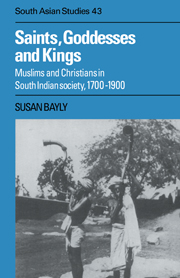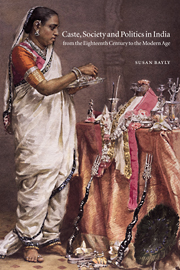THEMES AND APPROACHES
This book is an attempt to account for and interpret the phenomenon of caste in the Indian subcontinent. It deals primarily with the period from the mid-eighteenth century to the present day, though the first two chapters explore the spread of castelike norms and values in the age of the great sixteenth- and seventeenth-century Indian dynasts.
Of all the topics that have fascinated and divided scholars of south Asia, caste is probably the most contentious. Defined by many specialists as a system of elaborately stratified social hierarchy that distinguishes India from all other societies, caste has achieved much the same significance in social, political and academic debate as race in the United States, class in Britain and faction in Italy. It has thus been widely thought of as the paramount fact of life in the subcontinent, and for some, as the very core or essence of south Asian civilisation.
There is of course an enormous body of academic writing on caste. Studies by anthropologists and other social scientists provide a wealth of closely observed ethnographic detail; many propose sophisticated theoretical interpretations. So, given the notorious sensitivity of this terrain, what is the case for an attempt to explore it from an historical perspective?
In recent years historians have broken much new ground in the study of political and economic change in the subcontinent, both before and during the colonial period. But caste, which is best seen as a meeting ground between everyday Indian life and thought and the strategies of rulers and other arbiters of moral and social order, tends to provoke more heated debate than almost anything else in the specialist literature.

